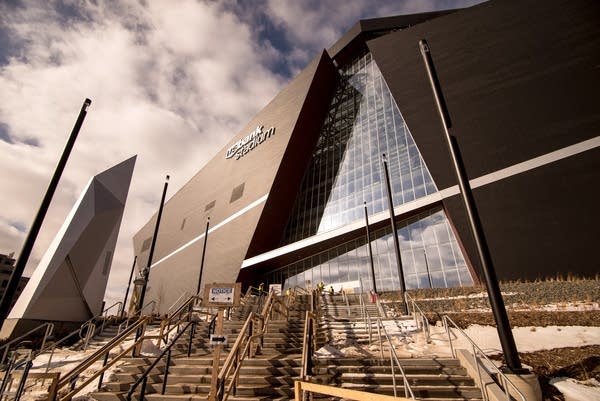Vikings move ahead on bird-collision study, advocates unimpressed

A bird-collision study agreement doesn't guarantee any changes to the stadium's massive glass panels that birders say could harm animals.
Tom Baker for MPR News
Go Deeper.
Create an account or log in to save stories.
Like this?
Thanks for liking this story! We have added it to a list of your favorite stories.


